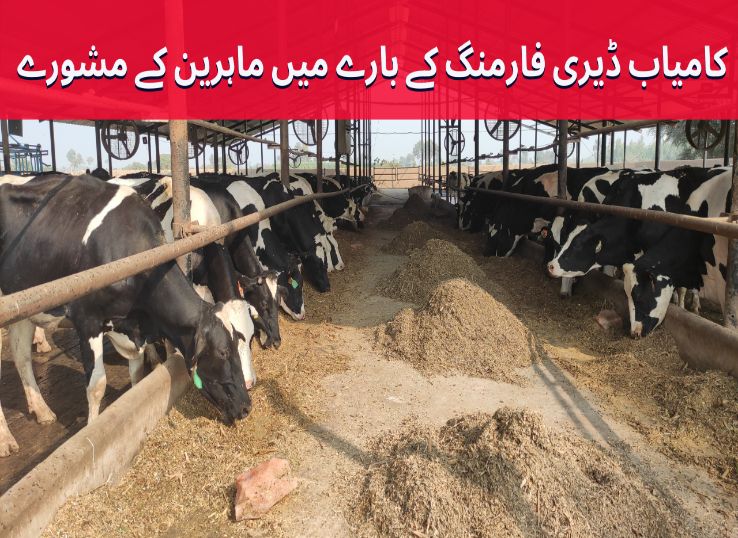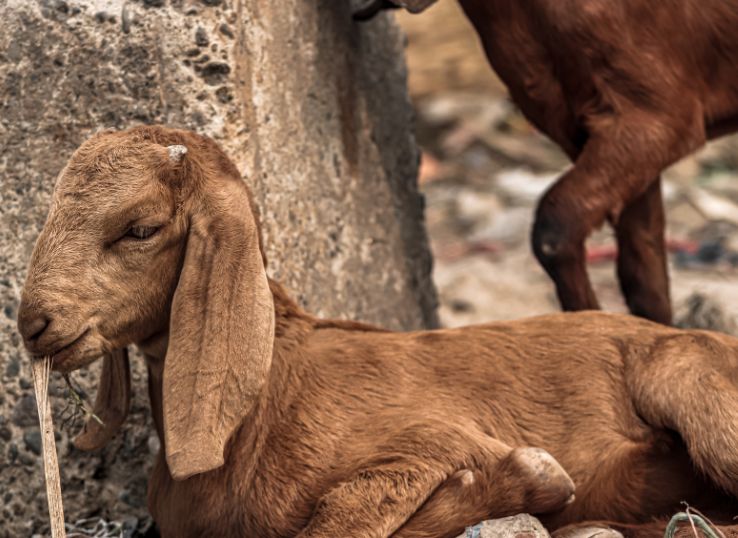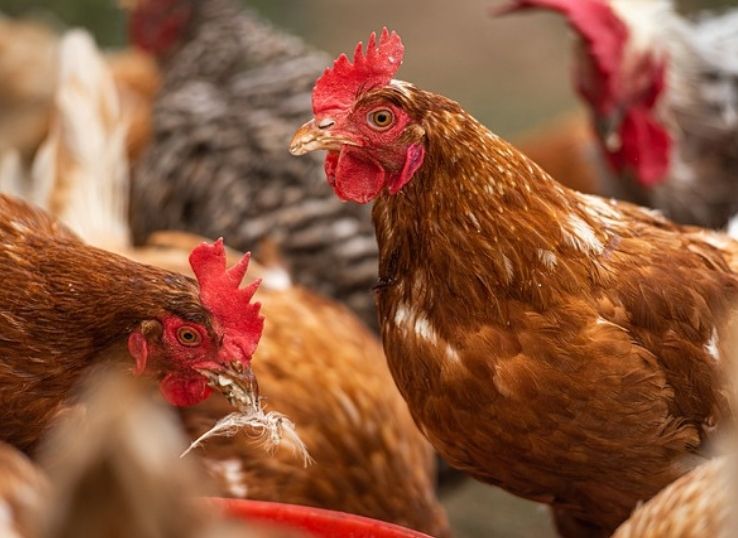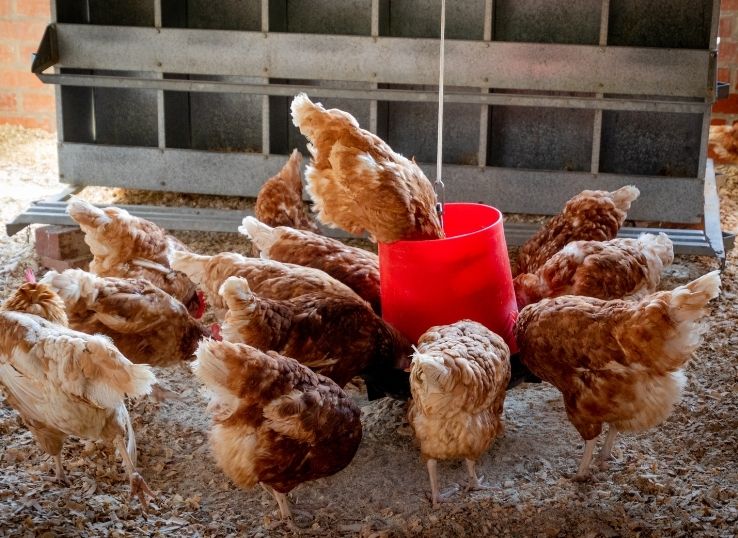Dairy Farming in Pakistan ( Ultimate Guide)
Last Updated on December 3, 2022 by Dr. Ali Shahid

With its GDP based mainly on agriculture, Pakistan is primarily an agriculture-dependent country. A major part of agriculture is dairy farming, and it has an important impact on the GDP of the country. This article will therefore discuss dairy farming in Pakistan, considering its importance.
Pakistan ranks fifth in the world among milk producers. While the sector offers a lot of potential, most of its activities operate in the informal sector.
There must be sustained efforts to convert the sector into a more formal one and to contribute more to the country’s economy.
Types of Dairy Farming in Pakistan
Dairy farming in Pakistan is functional in 3 forms
- Corporate Dairy Farms
- Commercial Dairy Farms
- Small Scale Dairy Farms
Corporate Dairy Farms
There is no more advanced form of dairy farming in Pakistan than corporate dairy farming. The term refers to a farm with over 1,000 animals. Most corporate dairy farms have exotic breeds of animals that produce high milk amounts.
There are controlled sheds that incorporate dairy operations that maintain the appropriate conditions for the cows. They hire specialized veterinarians for every section of the farm and spend a lot on managing the cows.
The milk they produce is sold to companies that package it for consumers. However, they constitute just 1-2 percent of all dairy farms in Pakistan.
In addition, the Pakistani people prefer loose milk to packaged milk. There must be a great deal of effort put into convincing people to start buying packaged milk.
Here is a list of some of the corporate dairy farms in Pakistan.
- Umer Dairy farm Pvt.
- Nishat Dairies
- Interloop Dairies
- Sapphire Dairies
- Dada Dairies
- JK Dairies
- Omega Dairy Farm
Commercial Dairy Farms
In the past few years, Pakistan has experienced a boom in commercial dairy farming. In Pakistan, a commercial dairy farm usually has less than 1000 animals. Among the livestock are either exotic animals or locally bred animals.
Besides milking companies such as Nestle, these farms also supply milk to local suppliers. Pakistan’s commercial dairy farms are gradually enhancing their production techniques and playing a key role in the country’s economy.
These farms are mostly privately owned without government involvement. On every dairy farm, there is either a veterinarian or a team of veterinarians.
In Pakistan, they account for only 5-10 percent of total dairy production. In the future, commercial dairy farms are expected to grow dramatically.
Small Scale Dairy Farms
In Pakistan, 80 percent of the dairy sector is devoted to small-scale dairy farming. These villagers usually have three to ten or around 50 cows. Most of the animals bred here are buffaloes and local breeds of cows; they supply a large amount of milk to the cities.
Small-scale farmers are facing a lot of challenges, including viral outbreaks and animal mistreatment by quacks. For Pakistan to develop its dairy industry on a small scale, a great deal needs to be done.
Several issues are confronting local farmers, including inadequate management, inadequate resources, poor nutrition, financial crises, calf mortality, and abortion. Government hospitals are understaffed and cannot adequately handle animal health needs.
Veterinary assistants use antibodies blindly without supervision and there is no diagnostic equipment at clinics. There are no breed improvement efforts undertaken at the federal level.
Locally raised animals produce much less milk than exotic animals. Consequently, the milk provided to consumers is adulterated, causing major health problems.
To develop small-scale dairy farming in Pakistan, the government must take some major steps.
Scope of Dairy Farming in Pakistan
Whether in rural or urban areas, dairy farming businesses in Pakistan are typically privately owned. Despite the rising population, agriculture in this sector has not progressed and investors have not invested much.
In Pakistan, the dairy industry development has immense potential. There are also several factors preventing dairy businesses in Pakistan from improving and progressing.
Aside from that, Pakistan’s environmental and land conditions aren’t as good as they used to be. There can be major limitations due to a lack of modern equipment and techniques.
There are multiple ways for milk to be adulterated, as well as it is time-consuming and costly. The animals are not properly fed, and there is no proper setup for milking and storing.
The lack of genetic potential and poor animal health has led to a decline in dairy farming in Pakistan. Poor transportation systems have also led to this decline.
Although, there is still potential for dairy farming in Pakistan to grow exponentially. Milk consumption is expected to rise with population growth.
Increasing milk’s quantity by adding water surf and other adulterants is becoming more popular. Thousands of gallons of unfit milk are wasted every year in the livestock department.
More dairy farms would solve these problems. As such, we can see that the dairy industry still has plenty of room for growth. Dairy farming in Pakistan can be successful if you follow the right management and protocol.
Basic Requirements of Dairy Farming in Pakistan
- The sheds for calving, pregnant cattle, diseased cows, and dry animals should be different.
- A milking area with appropriate rooms for milk storage, and enough feeding tables for animals.
- Storage rooms should be kept at a constant temperature, and sanitization of the site should be implemented.
- Dairy farming businesses are successful because of their experienced staff and management.
- Every required and most demanded medicine should also be available at veterinary dispensaries.
- Staff and managers accommodation facilities should be as good as possible.
- Power generators should also be provided.
Statistics
In terms of milk production, Pakistan ranks fourth in the world. Around 80% of milk is produced on a small scale in rural areas, 15% in peri-urban areas, and 5% in urban areas.
The annual milk production averaged 6.6 million tons during the 1960s and 8.1 million tons during the 1970s. Since 1985-86, these volumes have increased from 12 million tons to 48 million tons, roughly quadrupling every three decades.
In 2018-19, 70% of milk comes from buffalo, 36% from cows, 4% from goats, sheep, and camels. There is typically 97 percent raw milk marketed and 15 to 20 percent processed milk
Households in Pakistan typically have 2-3 cattle or buffaloes and 3-4 sheep or goats, which contribute to their income of 35-40 percent. More than 84 percent of households have fewer than four livestock; 14% have 10 and only 2 percent have more than ten.
There have been threefold increases in buffaloes, cows, and goats as well as double increases in sheep and camels in terms of quantity.
Frequently Asked Questions
Which is the biggest dairy farm in Pakistan?
Umer dairy farm is the biggest dairy farm in Pakistan. Located near ferozwattaan in district Sheikhupura it covers an area of 30 Acres. It has over 4000 Holstein Friesians and is one of the best veterinarian teams in Pakistan.
How much money will be needed to start a dairy farm in Pakistan?
The total investment for 100 cows in a dairy farm will be approximately Rs. 70.55 million, of which Rs. 68.55 million will be applied as capital and Rs. 1.9 million as working capital.
Conclusion
In addition to contributing to the GDP of Pakistan, the dairy industry has a positive impact on inflation and job creation as well. Developing a healthy and sustainable society depends on the consumption of milk.
A large part of rural development and employment depends on livestock. The government’s attention and help will enable the dairy industry to overcome factors that limit its progress.
To grow our dairy industry in Pakistan, we need to take some brave and serious steps.

Dr. Ali Shahid is a veterinarian by profession and CEO at provets. He loves to treat animals and has great expertise in veterinary products. Our aim is to provide the best information related to your animal health.






